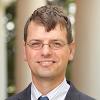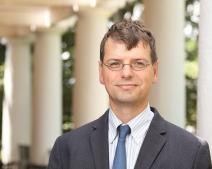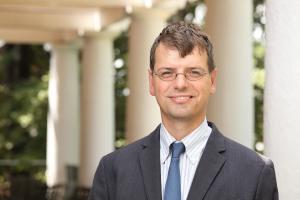Gustavo Kunde Rohde, Ph.D.

About
Dr. Rohde develops computational predictive models using machine learning and signal and image processing with applications in pathology, radiology, systems biology, and mobile sensing. He earned B.S. degrees in physics and mathematics in 1999, and the M.S. degree in Electrical Engineering in 2001 from Vanderbilt University. He received a doctorate in applied mathematics and scientific computation in 2005 from the University of Maryland. He is Professor of Biomedical Engineering and Electrical and Computer Engineering at the University of Virginia.
Research in the Imaging and Data Science Lab aims to contribute ideas in support of biomedical imaging, mobile, and remote sensing applications. We specialize on objective and quantitative modeling of data from imaging and other types of sensors by incorporating knowledge from multiple disciplines including applied mathematics, signal processing, machine learning and statistics.
Education
B.S. Physics and Mathematics, Vanderbilt University, 1999
M.S. Electrical Engineering, Vanderbilt University, 2001
Ph.D. Applied Mathematics and Scientific Computation, University of Maryland, 2005
We teach and develop techniques that allow us to make better sense of signals, images, and digital data in general.
Research Interests
Selected Publications
Featured Grants & Projects
Research Spotlight

Gustavo Rohde is a Professor in Biomedical Engineering and Electrical and Computer Engineering at UVA. Rohde develops computational predictive models using machine learning and signal and image processing with applications in pathology, radiology, systems biology, and mobile sensing.


